Guide to Dissecting Owl Pellets
Curious? This hands-on activity is one of the neatest science experiments we completed this year. Owls are truly fascinating creatures and there is no better way to learn about their diets and the food chain then by dissecting owl pellets. Since most species of owls are nocturnal and they hunt and eat at night, studying what they eat would pose a challenge. One way scientist learn about an owl’s diet is by examining and studying pellets. The scientific study of birds is called Ornithology.
What are Owl Pellets?
Contrary to what some people believe, owl pellets are not poop. The pellets are actually undigested bones and hair of their prey. Due to the fact that owls due not have teeth for grinding, the owl will cough or regurgitate the pellet. These ugly brown lumps can vary in size and hold a plethora of bones from mice, rats, lizards, bats and even young rabbits that owl’s prey on.
As part of our homeschool book club, we completed the dissection with a group of 15 children, of vary ages from 3-12 years old. Once our children moved past the initial eww factor the majority were quite intrigued and several wanted to keep the bones. We combined this project with a field trip to a local bird sanctuary and a read aloud book called Poppy by Avi, which features the woodland animal adventures of an owl and mouse. Read full post here.
Where to Find or Purchase
One option, if you live in an area with old barns is attempting to find them. If that is not an option, it is quite easy to purchase sanitized pellets online. These pellets are dried and heated and come in multiple size options from small to jumbo. We ordered medium sized pellets which had plenty of bones in them including: rodent skulls, pelvic bones, vertebrae, teeth and ribs .
Owl Dissecting Kits
We ordered our pellets from Owl Brand Discovery Kits on Amazon. We appreciated these kits because they contained dissecting tools with probes, forceps, and an information booklet with bone identification sheets. They are heated for sanitization and wrapped in foil. You can find the links below.
This post contains affiliate links. I may earn a small commission for purchases made through the links, at no additional cost to you.
Pack of 20 medium pellets -We ordered these because they’re the perfect size for classrooms and home school groups. Contains pellets, tools and info booklet. If out of stock, a similar one is here.
Pack of 10 - An ideal size for families or small groups. Includes pellets, dissection tools and bone chart.
Individual Kit - Jumbo size pellet with all the dissecting tools and charts.
Supplies:
Tweezers,
Probe,
Pellets,
Owl Pellet Bone Chart,
Tray or Paper Plate,
Optional: Spray Bottle, Gloves, Magnifying Glass
Steps
1. Observe
2. Carefully break apart. You may also see remnants of feathers, fur, and bits of sand and gravel.
3. Pick out bones (We found spraying a little water helps the process)
4. Utilize chart for identify bones
5. When finish you can put leftovers in a nearby field
Helpful Video Links and Printables
A free bone chart by Carolina Biological Supply aided us with bone identification.
A song about owl pellets.
(Sorry this catchy tune may get stuck in your head all day!)
Educational videos to watch prior to dissecting owl pellets.
Field Trip Ideas
If your considering planning a field trip to coordinate with your owl dissection, check out your local nature center or bird sanctuary. Many have live birds of prey exhibits. If you are local to Michigan here are two places we have visited and highly recommend.
Kellogg Bird Sanctuary: A sanctuary, located near Battle Creek, that rescues injured birds of prey including several owls. There are walking trails and you can enjoy feeding the ducks, geese, and swans.
Kalamazoo Nature Center: Several birds of prey are on exhibit, including a Screech Owl. Extensive trails and interactive displays are located on site.
Book Recommendation
In tandem with this project, our homeschool book club read the children’s book, Poppy, by Avi. This story features the adventures of a brave mouse name Poppy and a fearsome owl named Mr. Ocax.
Here are lots of fun activity ideas, themed food and discussion questions for a Children’s Book Club for Poppy by Avi.
You May Enjoy These Featured Posts:

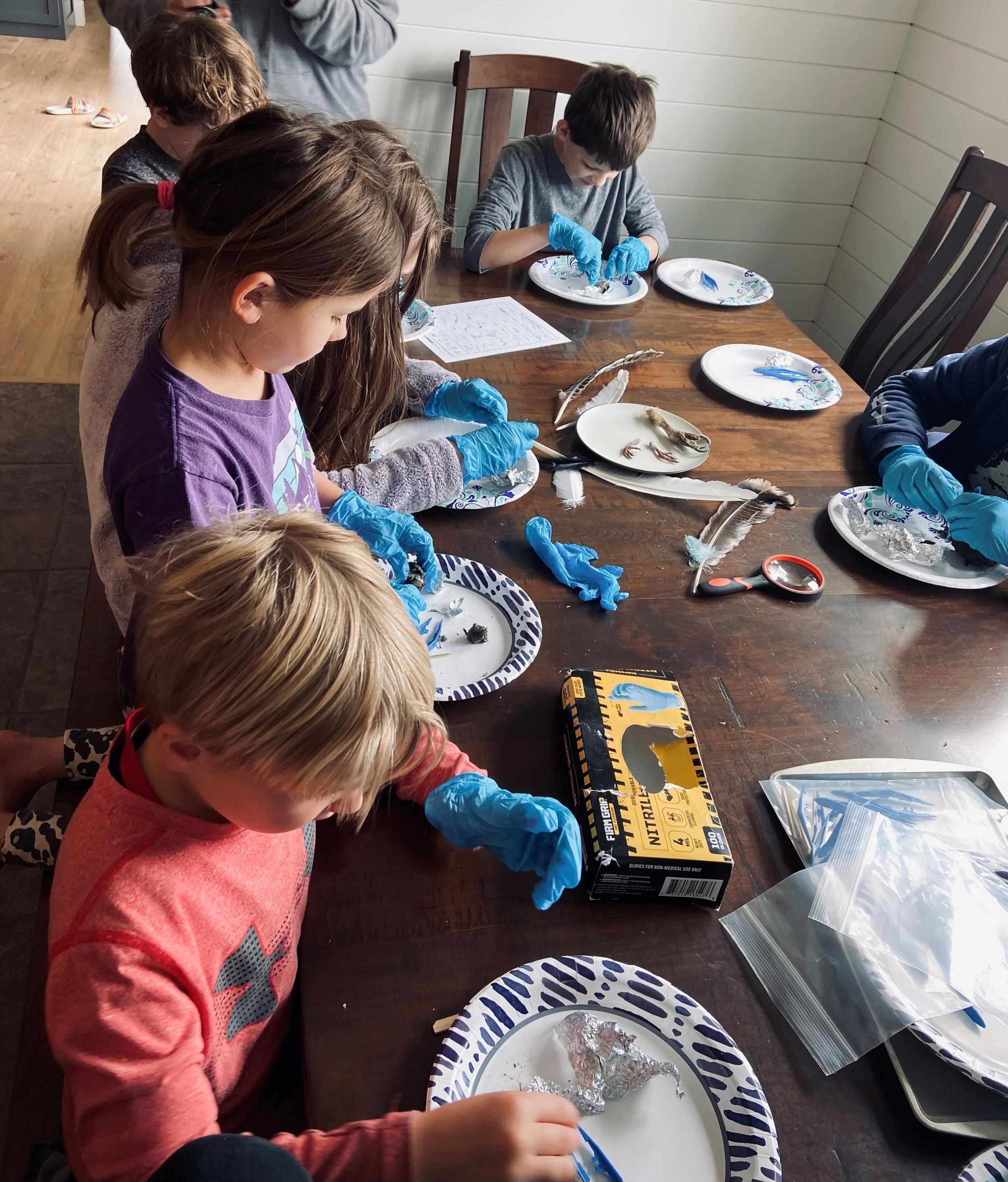

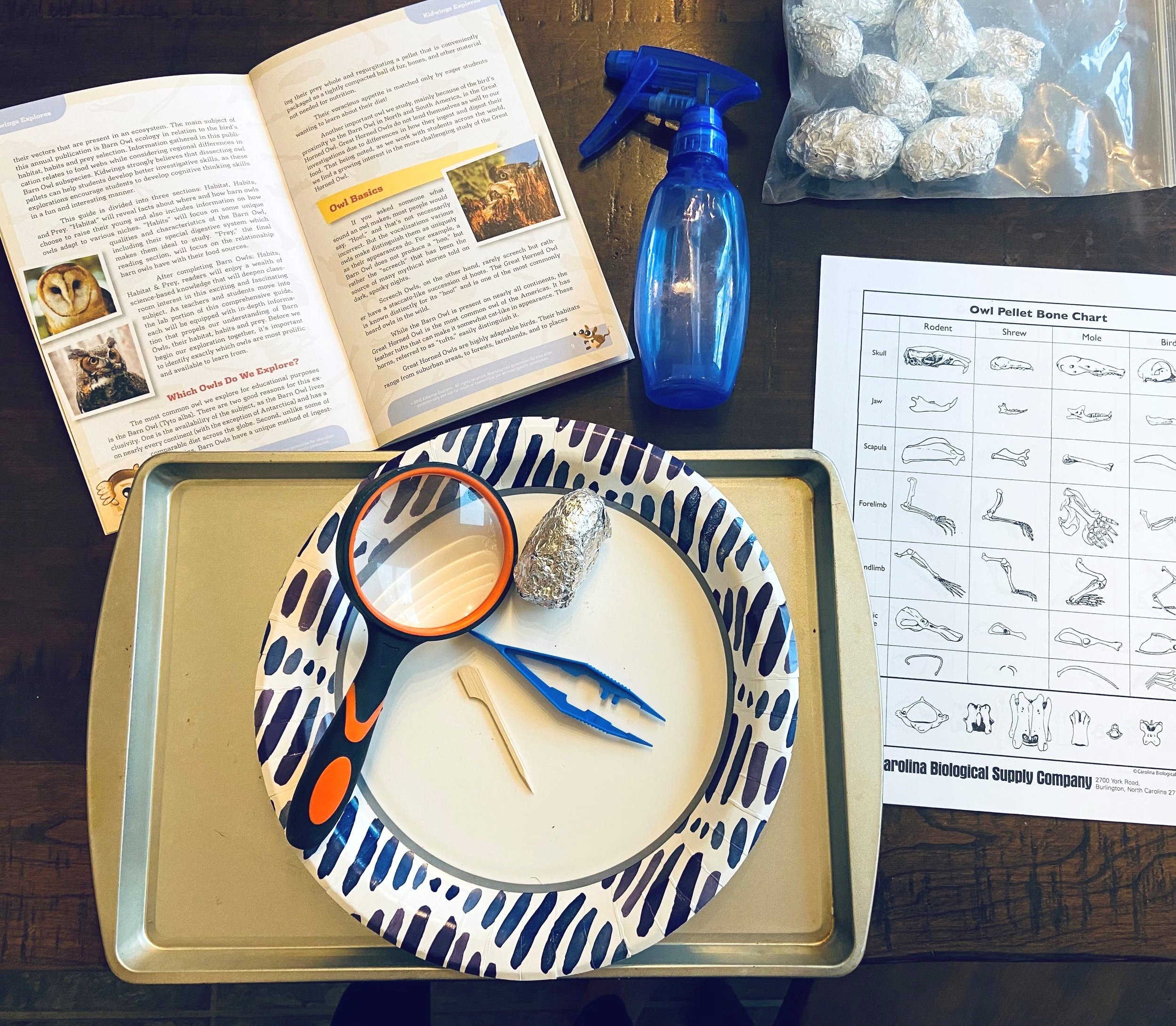
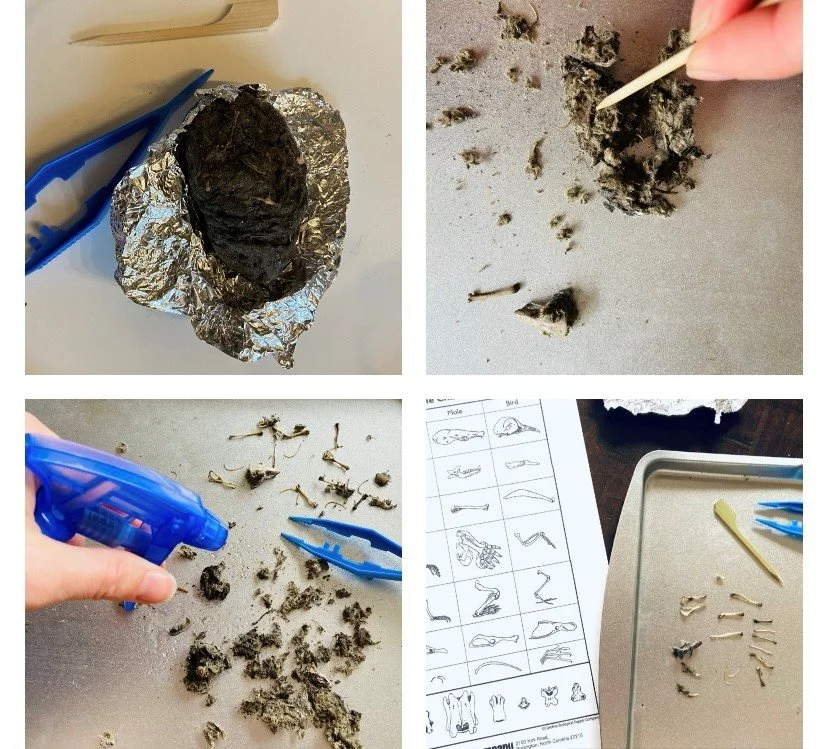
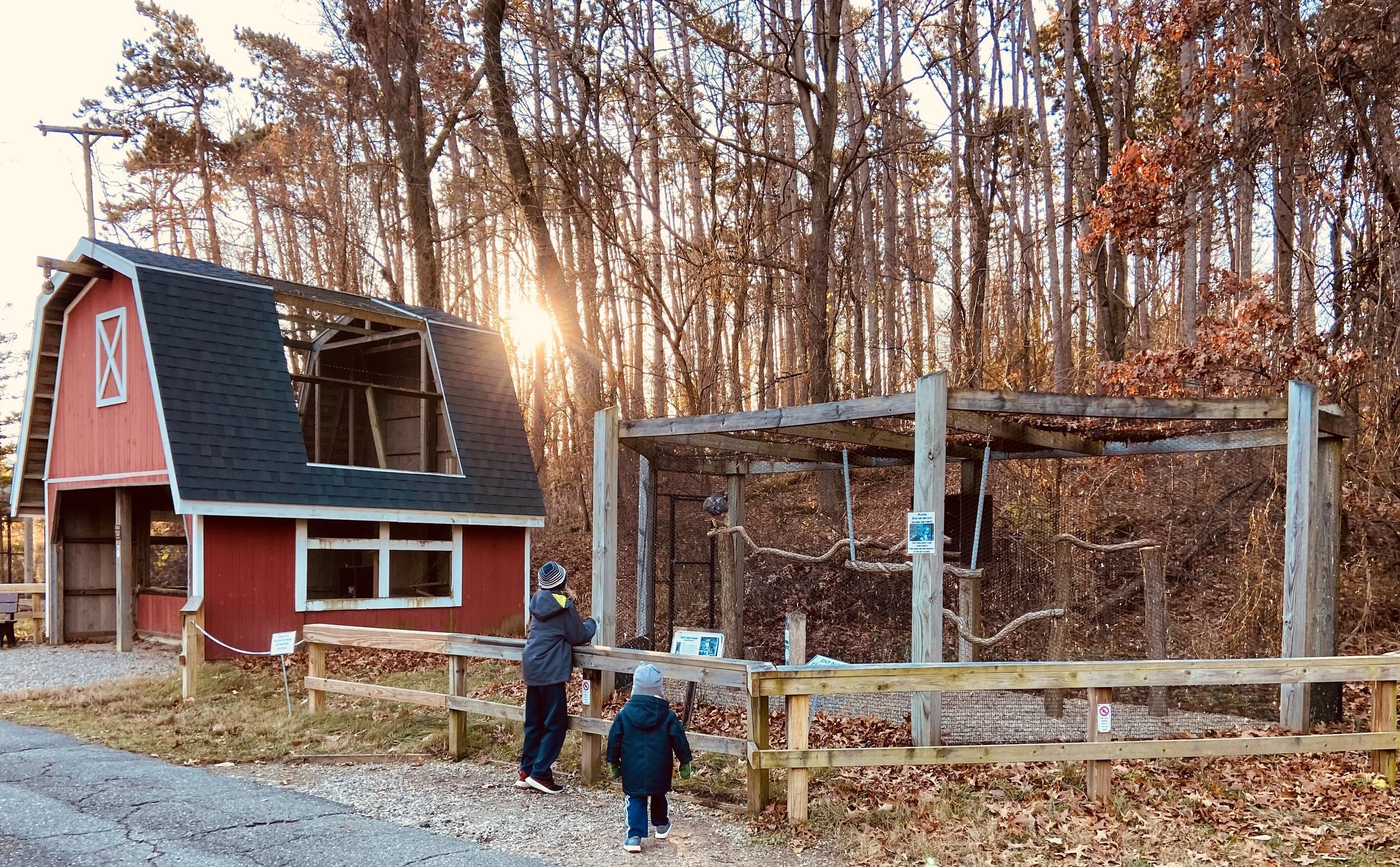


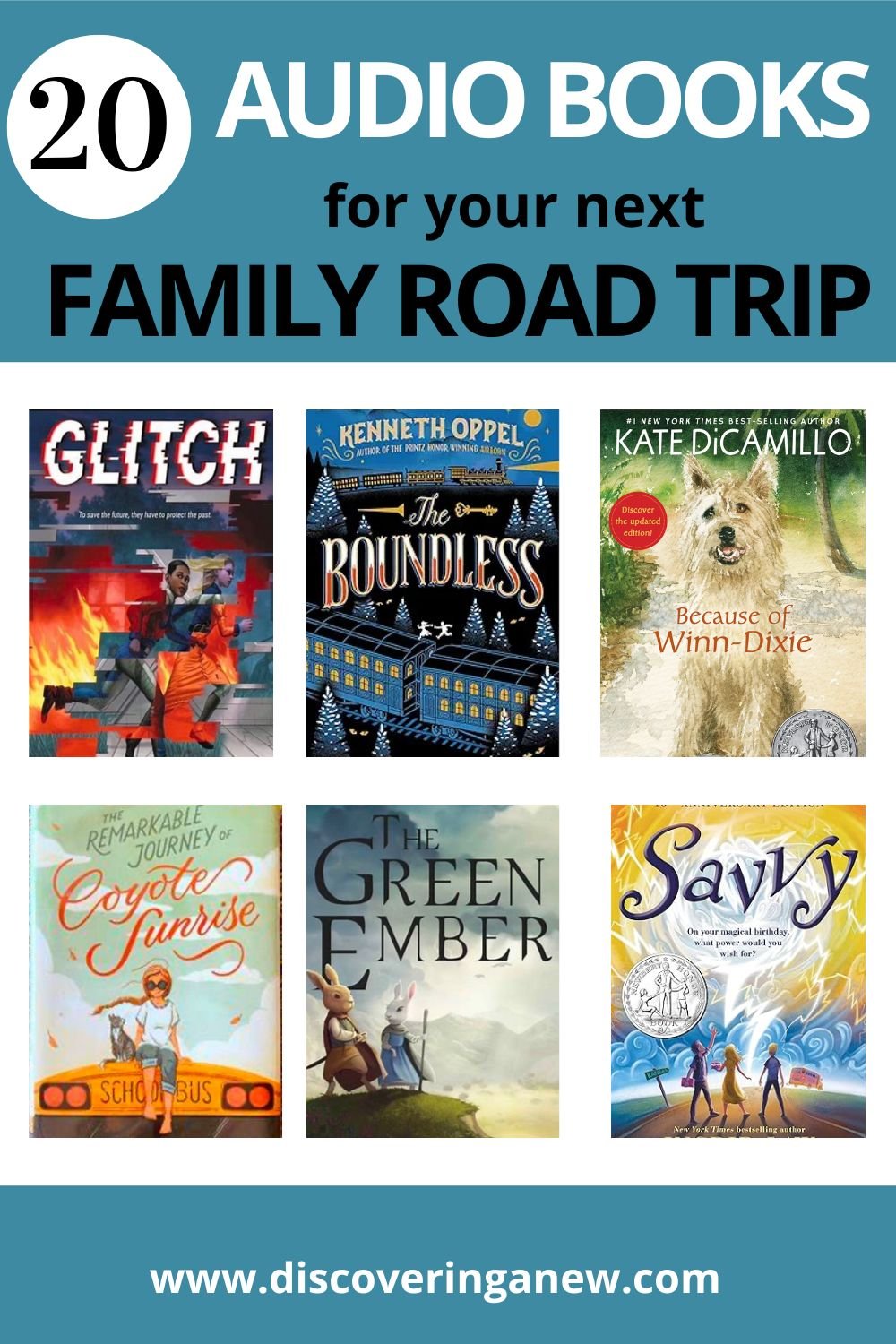
Here’s a secret… if you want your children to improve their listening skills and attention span try listening to audiobooks and keep their hands busy engaged in simple activities and handicrafts. Simultaneously allowing your child’s brain to be engrossed in the story, while occupying their fidgeting hands. Whether you’re homeschooling or just love a good audio book, we’ve rounded up our favorite quiet crafts, manipulates and activities for kids to do while listening to audio books.